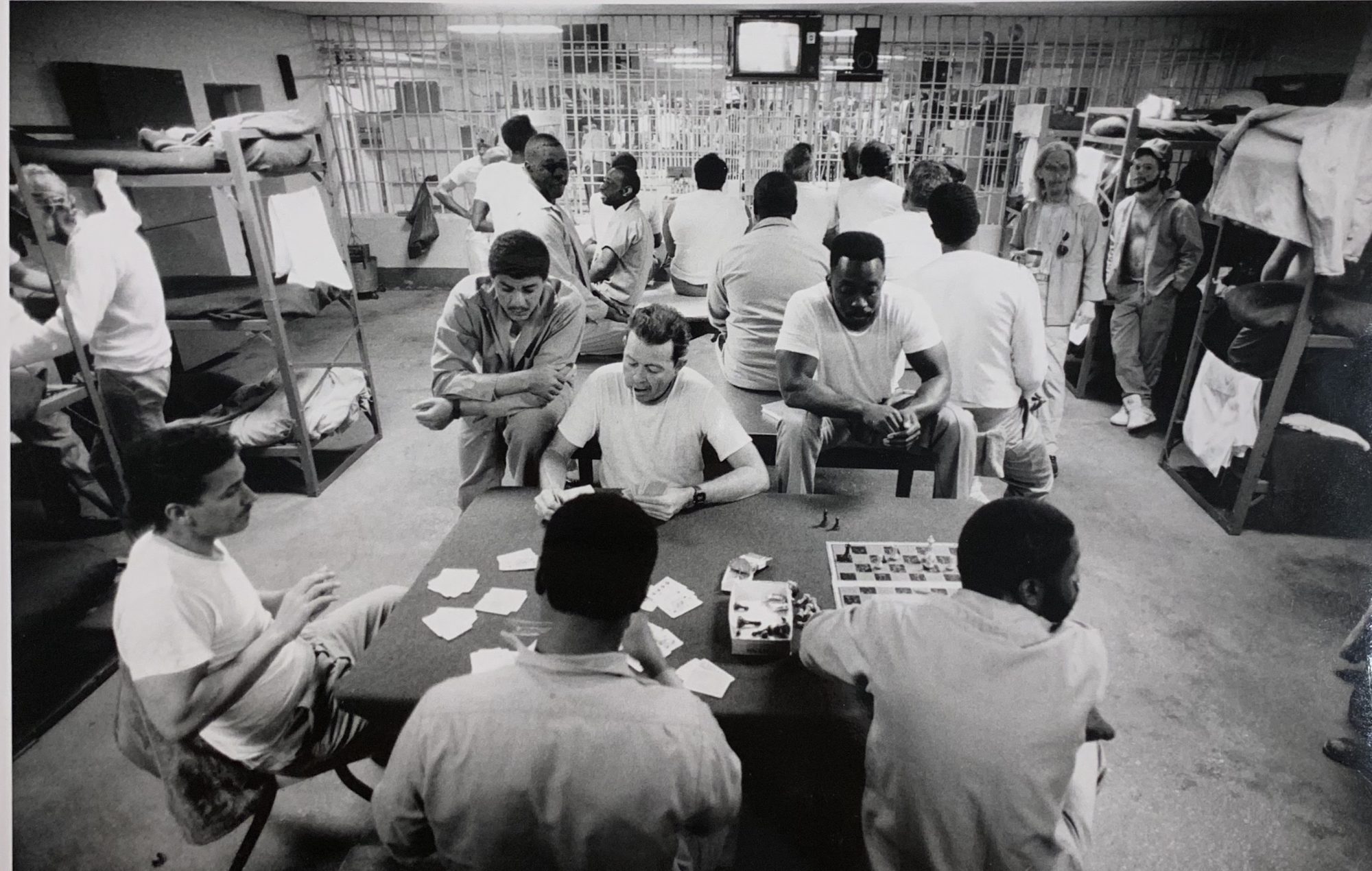Part IV: Creating Change in North Carolina
North Carolina prisons became too crowded. Instead of reducing incarceration, the State built bigger prisons.
While North Carolina closed small prisons like the one in Wagram, the total prison population grew.
Mass incarceration harms our communities. Past and present, people have come together to end mass incarceration and reduce its harm.
GrowingChange creates alternatives to incarceration. It repurposes a prison to serve community needs.
What would you replace prisons with?
Learn more at growingchange.org.
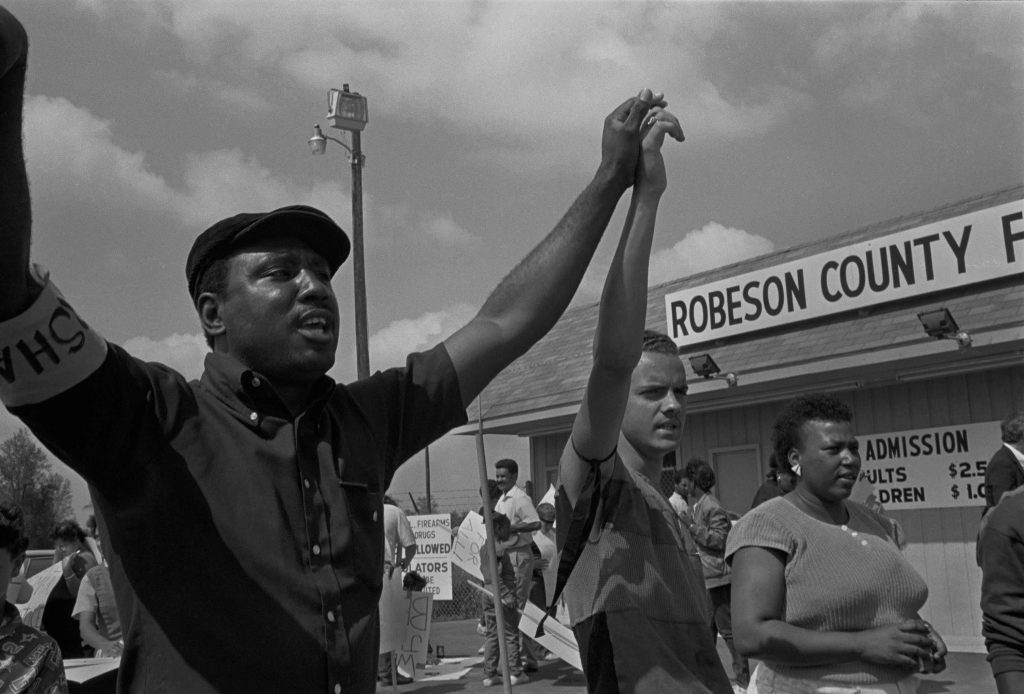

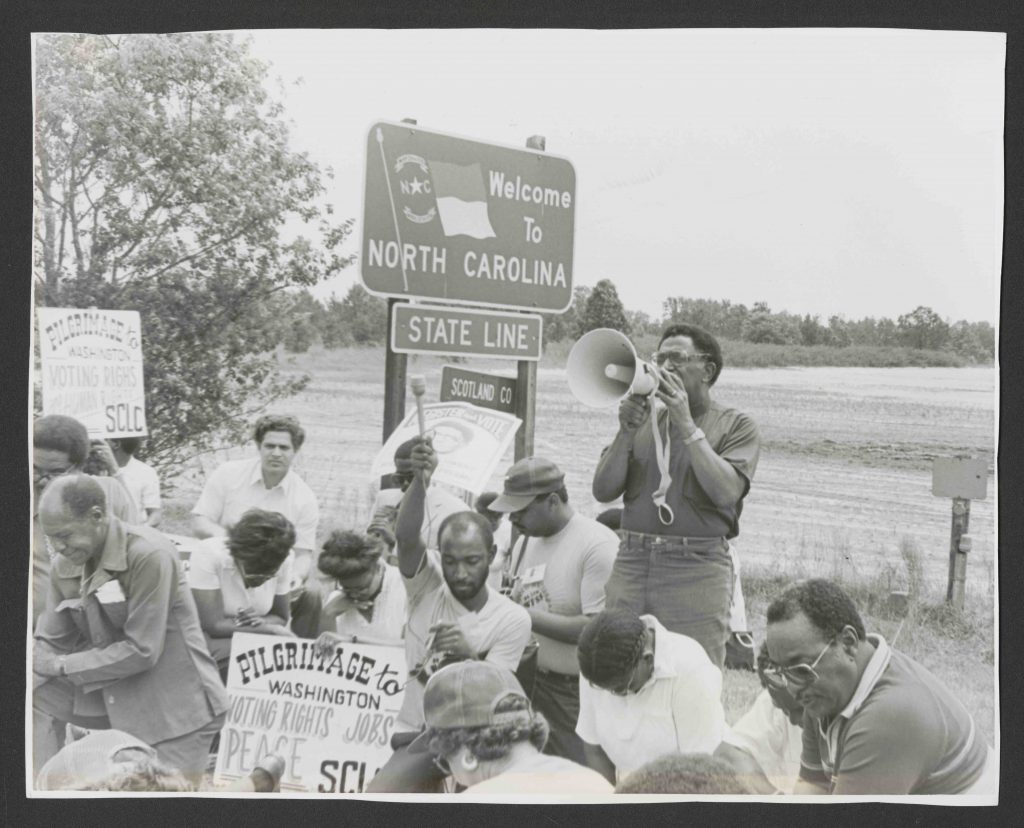
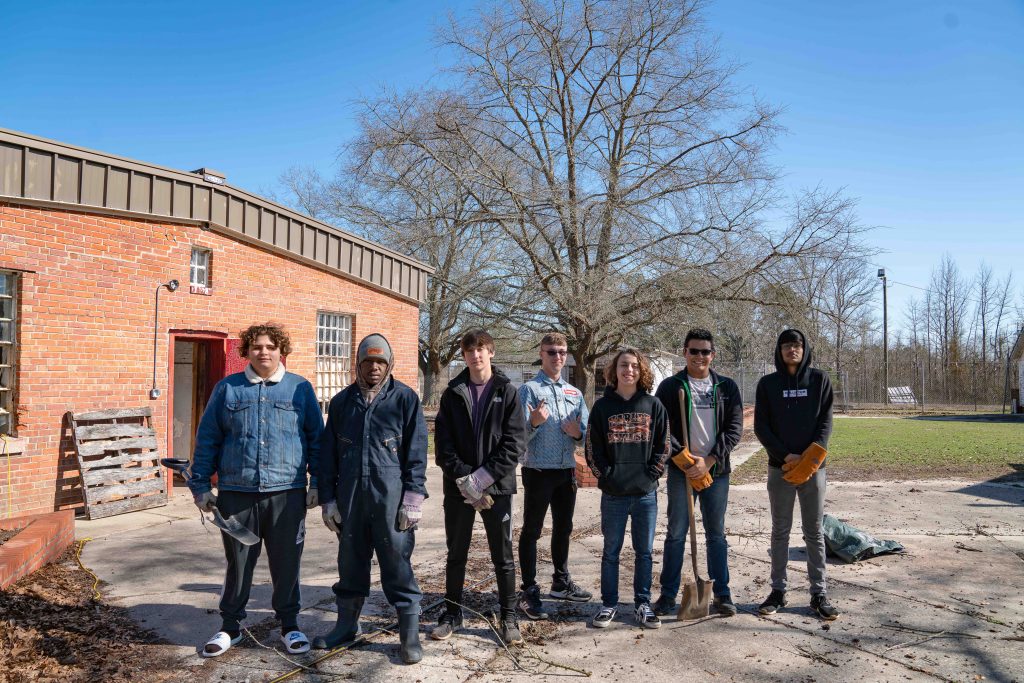
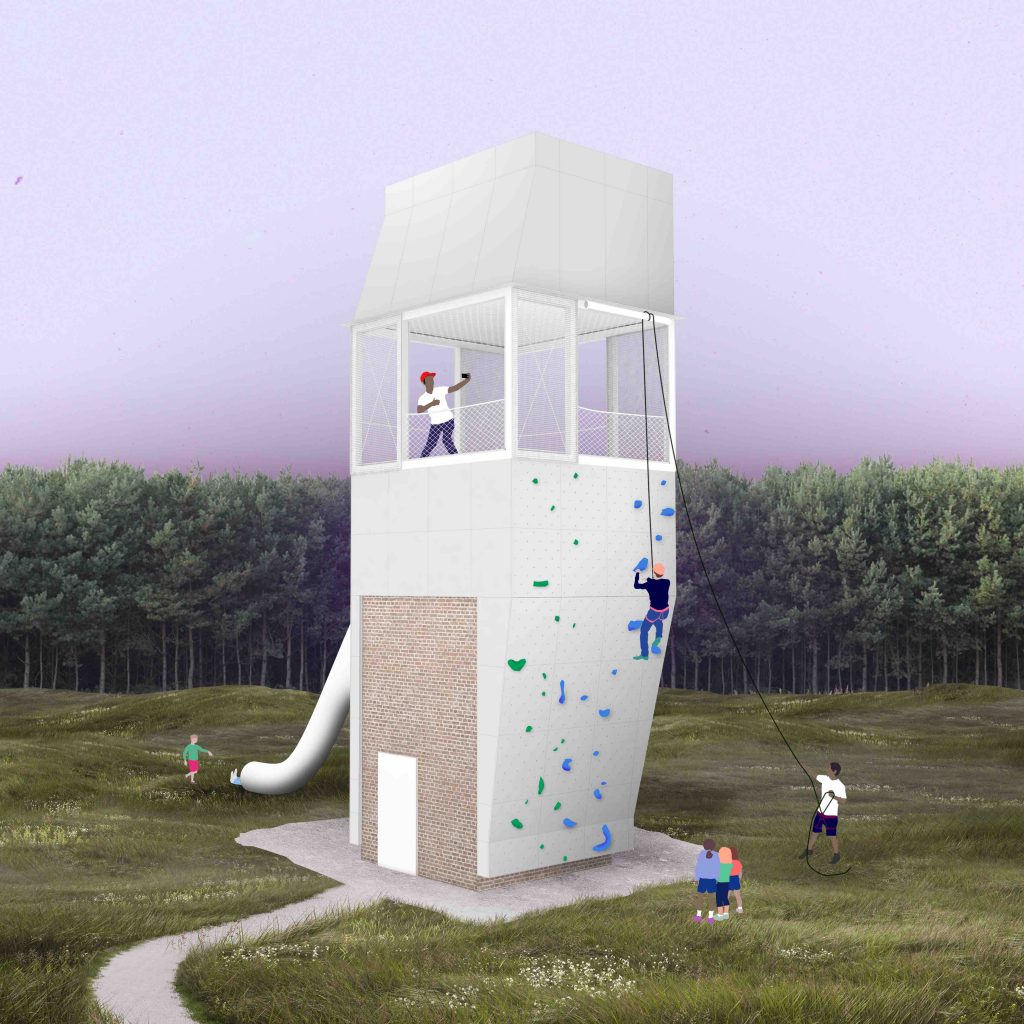

Audio Transcripts
Gerald Jacobs
I was born in Scotland County, but when it came to joining GrowingChange, I’ve known Noran for 10 years because he was a camp counselor at a bereavement camp. And when I was seven my grandmother passed away, so that’s where I went. And I kept going year after year because I had a lot of deaths in my family, and he was always there. And then when I turned fifteen, I was old enough to volunteer there, so I volunteered to give back to the camp like it helped me out. And I met a GrowingChange member named Derrick, and me and him started talking and I had a connection with him. And then, I was telling him about my life situation and my story, and he told it to Noran. And then the next day Noran paged me and talked to me about the program and everything about it. And that, June 2nd is the day I joined—June 2nd, 2017, can’t forget it.
2018, we went to Washington for the 4-H Conference and introduced the hydroponics idea and got everybody on board, and then, after that, it’s just been things like the Climate Justice Summit, where we go and talk about different methods and different alternatives to help climate change.
It’s just a great opportunity all about. I mean, I’ve learned so much stuff that I didn’t know. It’s helped keep me on the straight and narrow path instead of doing what I thought was best and messing up everywhere. The GrowingChange family has always been there to put me back on the right road. After learning their stories and seeing what they’ve gone through and what I’ve gone through, you can connect on that. It just builds from there, and how we’re doing these great things as one and doing it together. It’s like my second family. It’s just amazing. I mean, it’s a beautiful day, we’ve got everybody working and doing their own thing. You can see we’re being a team. You can’t ask for nothing more.
Terrence Smith
I always lived in Scotland County. The home that I live in now, my grandparents built. Well, actually the whole family built, so like the family house, and I’m responsible for it now. And my grandfather always gardened and farmed and did agricultural stuff in our area. He always tended to a lot of different fields outside of his own. That’s how he put food on the table. And he still had his own garden and stuff going on. He grew vegetables, fruits, raised hogs, chickens, eggs, things like that.
I was like eleven, twelve. I got in trouble in school, and that’s how I got involved in the court system. One of the conditions of my juvenile probation was that I had to be in school and not get suspended. And I didn’t comply, so I got a violation, and they sent me to wilderness camp. And while I was in the wilderness camp, Mr. Sanford, he came to check on me from time to time… Before he took me home, he was like, ‘Hey man, do you mind if we swing by the garden, I want you to see something real quick.’ And so I figured he knew about my family and stuff that I knew, and I figured maybe he needed some pointers or some help with something real quick. So, we stopped by the garden; it was an empty plot. He says, ‘I’m thinking about putting a group together, young men your age, and we’re going to grow food and give it away to needy families.’ And I was like, ‘Well, you know, I won’t be doing nothing else better in the summertime, so I might as well come out and see what you’re talking about.’ So, that’s when GrowingChange began.
We started out as a community garden down behind a church in Laurinburg, the Presbyterian Church. And then we went on a field trip out to the prison site. We had been doing a whole lot of different other stuff like gardening techniques, growing techniques, and all this urban agriculture stuff. So, we went out there and met Eddie Poole who was DPS steward over at that site at the time, and he told us about the bigger plan. We kind of thought he was trippin’ a little bit, and then as we began to work through the different avenues and figure out the different avenues and things that we had to do to make it possible, then it became more realistic. Or it seemed to be more realistic.
A lot of different projects. The community garden where we started at, we built the greenhouse, and that was a very elaborate project because we had to dig into the ground and run water out there. We had to do plumbing, construction work, all kinds of work.
I’m a firm believer that everybody can change, but they just have to see themselves being differently. That’s kind of like kids in the neighborhood. You have them in this neighborhood; there’s all this bad stuff going on around them. They’re absorbing it. They’re soaking it all up…The work that we’re doing with GrowingChange, we’re trying to figure that out and trying to frame up the reformation of how we deal with troubled youth and how we see troubled youth and things like that. I’m an advocate for young troubled people because I was once one.
The prison system, I would say it’s a joke, but I mean, 20 years in the box is not no joke. For the majority of people who go to prison and get out, they do not do good, because it’s not designed for you to do good. You know, most people that are incarcerated look like me, or they are people of color. It’s not designed for us. Its designed to keep the people on the top at the top and the people at the bottom on the bottom… When you get in the system, it’s hard to get out.
